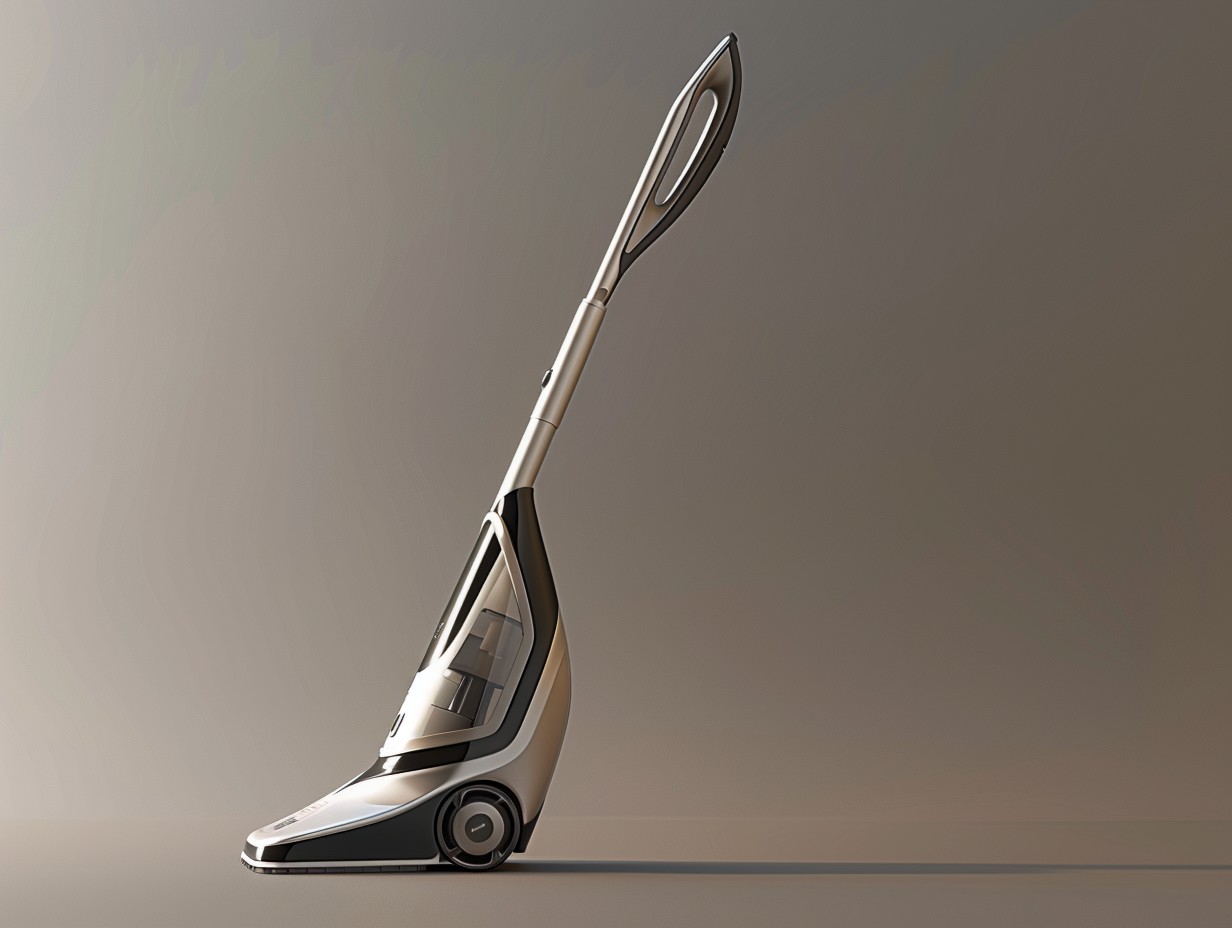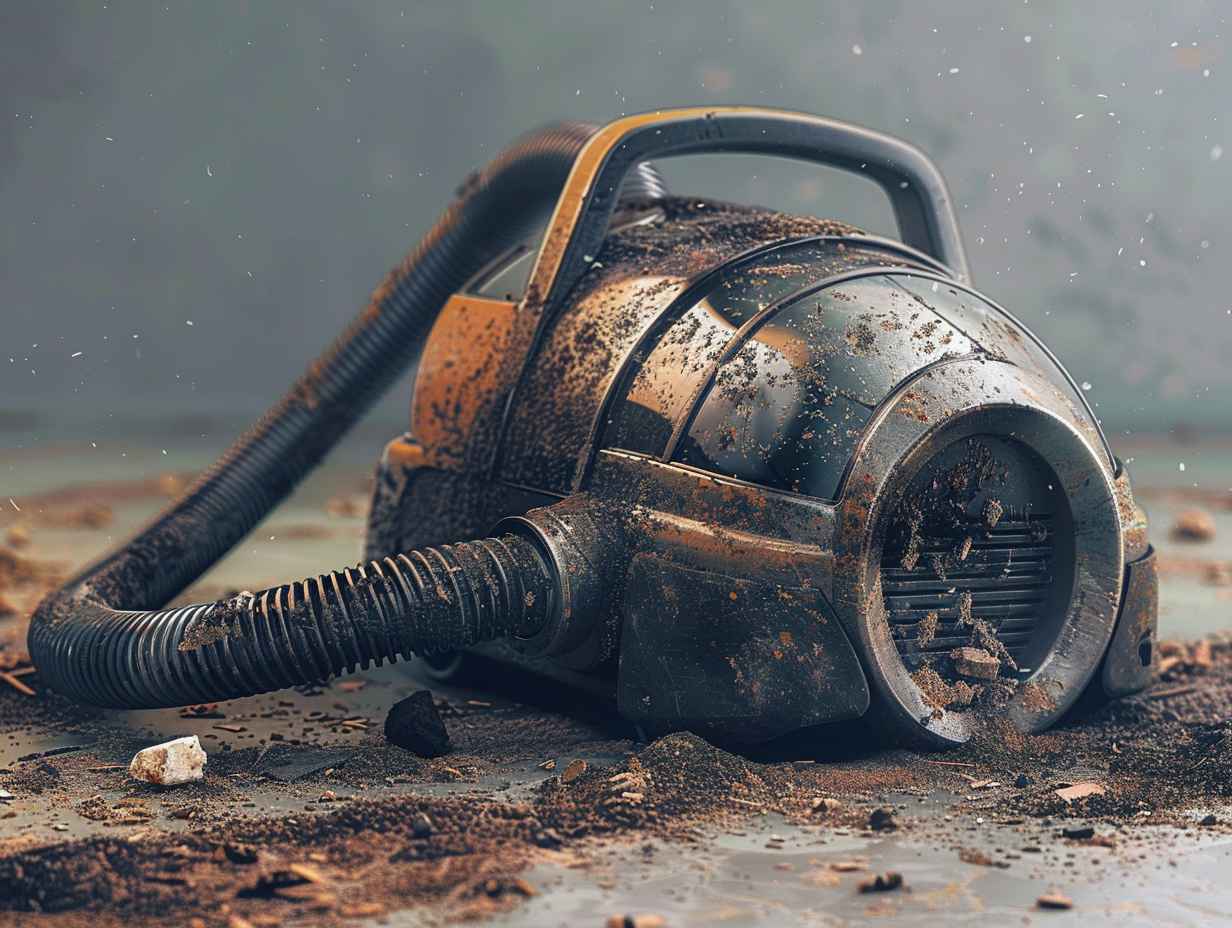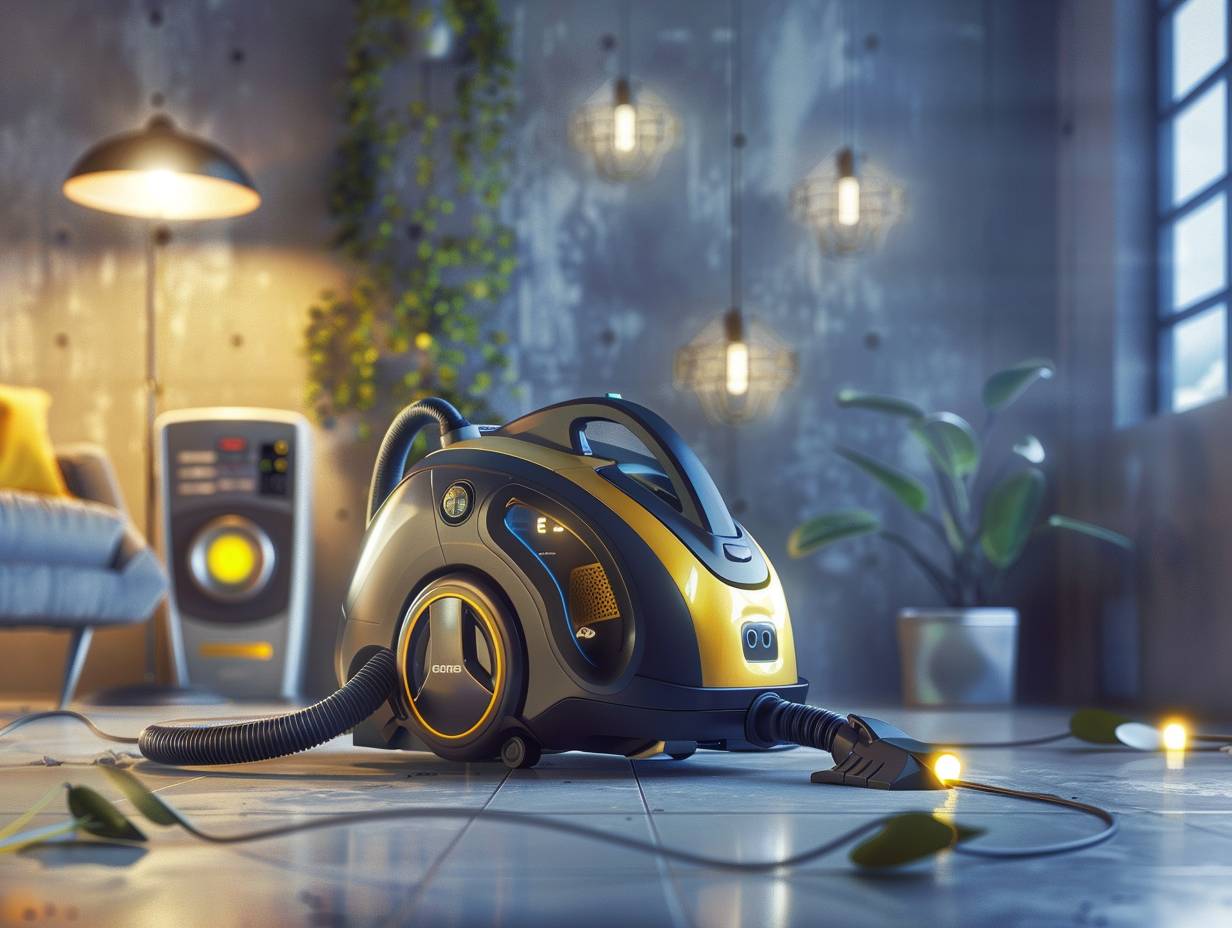
Vacuum Cleaner Dust Capacity
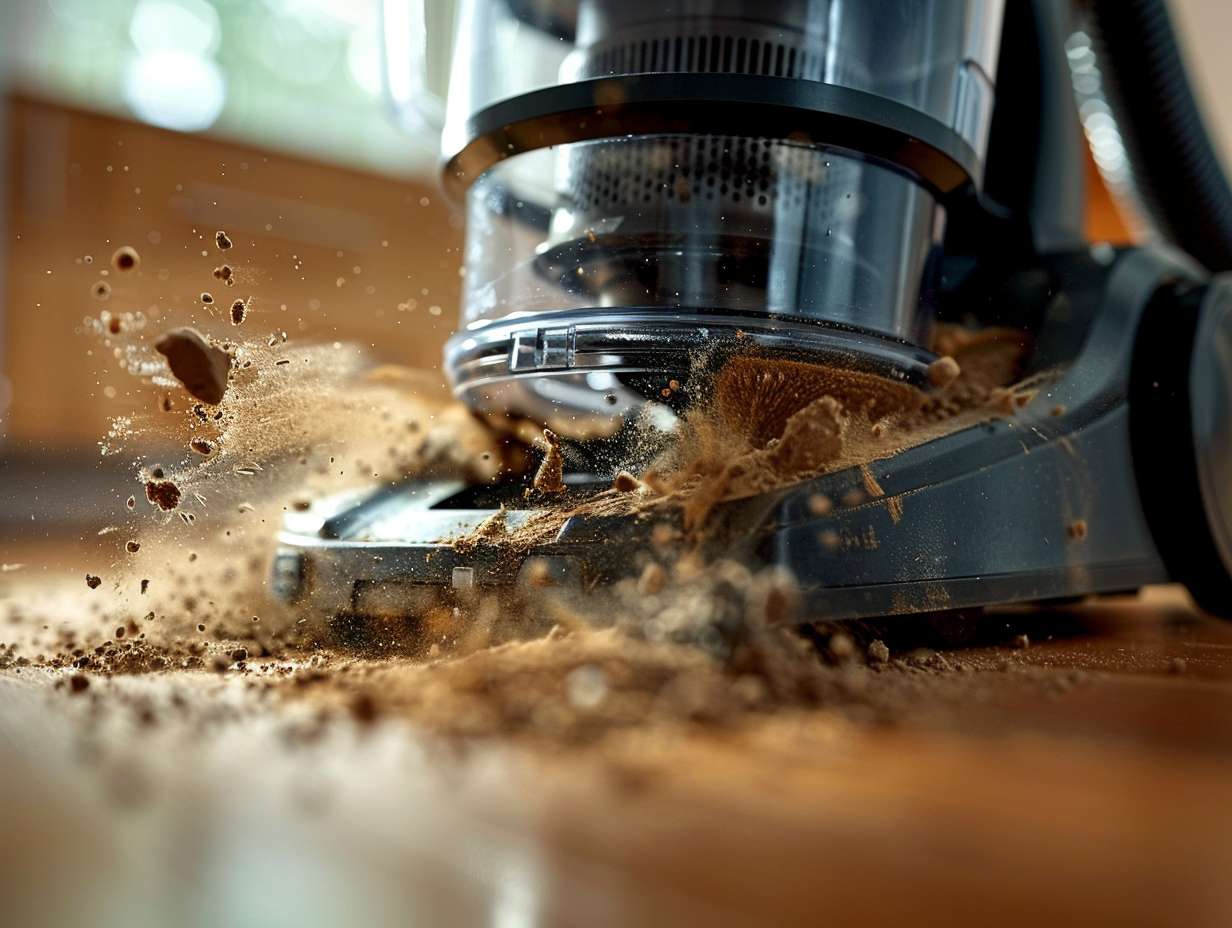
When it comes to vacuum cleaner dust capacity, think of it as the silent hero silently holding all the debris from your floors. But have you ever wondered how much dust your vacuum can handle before it needs to be emptied?
Understanding this important aspect can make a world of difference in your cleaning routine. Want to make sure your vacuum is up to the task? Let’s explore the ins and outs of dust capacity, from its significance to practical tips for maximizing efficiency.
Key Takeaways
- Larger dust capacity reduces time spent emptying the bin, benefiting efficient cleaning.
- Consider filter type and suction power for optimal debris removal and filtration.
- Maintenance like regular filter cleaning and bin emptying enhances vacuum efficiency.
- Upgrading to a larger capacity offers time-saving benefits and improved cleaning performance.
Importance of Dust Capacity
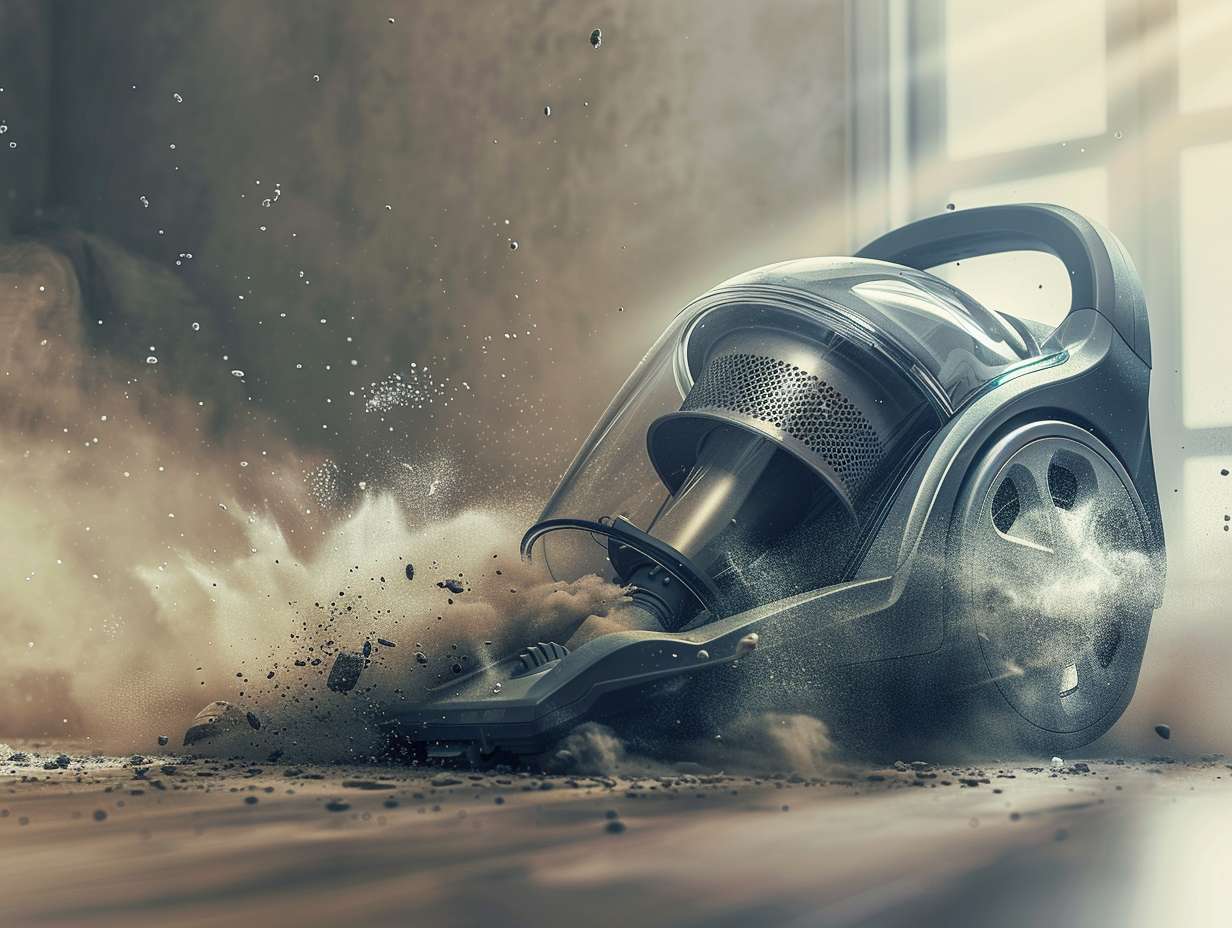
When choosing a vacuum cleaner, consider the dust capacity carefully to guarantee efficient cleaning without frequent emptying. A larger dust capacity means less time spent emptying the bin, allowing you to clean more without interruptions.
This is especially beneficial for larger homes or areas with high foot traffic. Imagine effortlessly gliding through your cleaning routine without the hassle of constantly stopping to empty the dustbin.
With a vacuum cleaner that has ample dust capacity, you can maintain a consistent cleaning flow and cover more ground in one go. So, when making your decision, prioritize a vacuum cleaner with a suitable dust capacity to streamline your cleaning process and make it more efficient.
Factors Affecting Dust Capacity
Considering the design and size of the vacuum cleaner directly impacts its dust capacity. Factors such as the type of filter used, the suction power of the machine, and the overall airflow efficiency play a critical role in determining how much dust and debris a vacuum cleaner can hold. Different vacuum cleaner designs, such as upright, canister, stick, or robot vacuums, offer varying dust capacities based on their structural configurations. Additionally, the size of the dustbin or dust bag also influences the amount of debris the vacuum cleaner can contain before needing to be emptied. When choosing a vacuum cleaner, it is crucial to take these factors into account to make sure it meets your cleaning needs effectively.
| Factor | Description | Impact |
|---|---|---|
| Filter Type | HEPA filters trap smaller particles | Higher filtration |
| Suction Power | Stronger suction collects more dust | Better debris removal |
| Airflow Efficiency | Efficient airflow prevents clogs | Consistent performance |
Choosing the Right Capacity
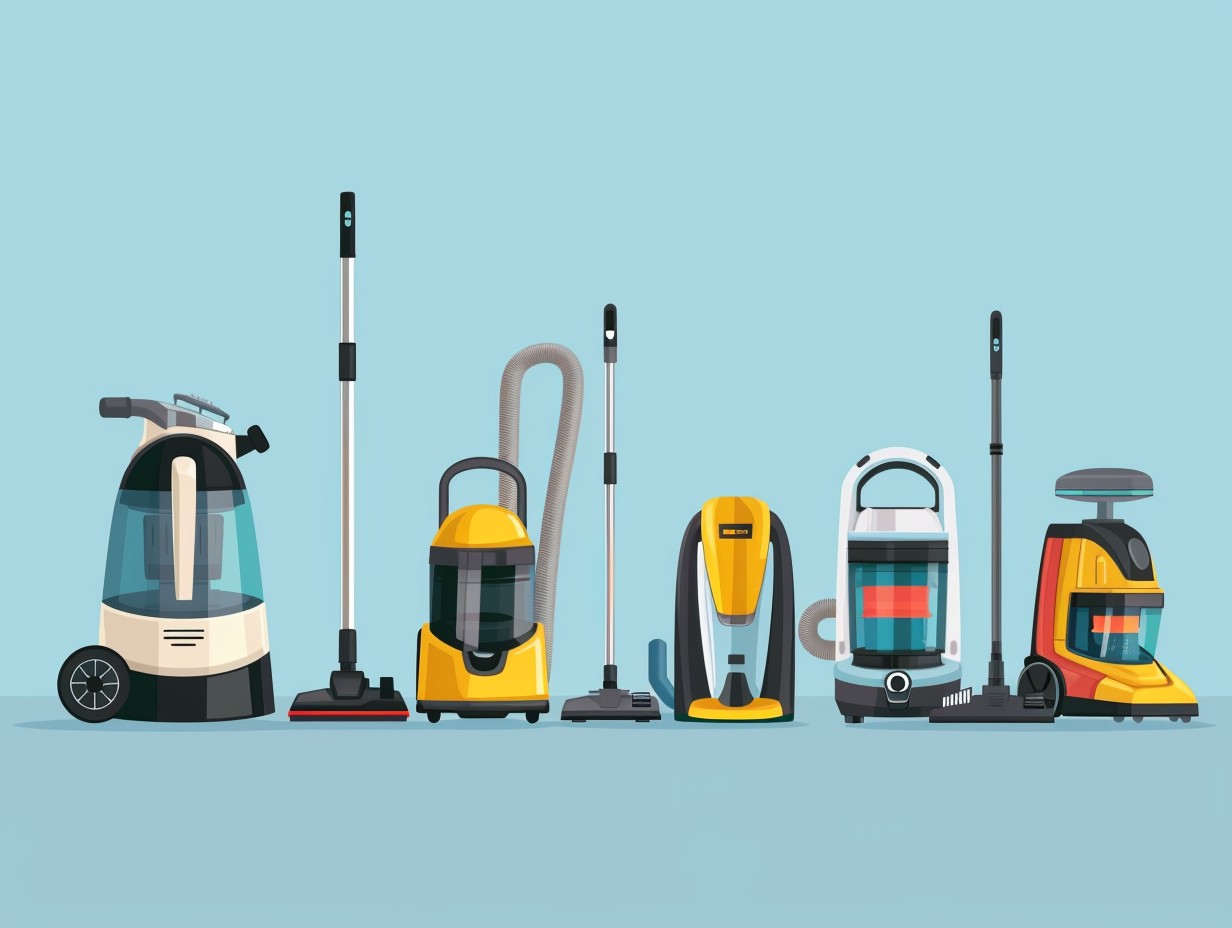
To select the appropriate dust capacity for your vacuum cleaner, assess your cleaning requirements and consider factors like filter type, suction power, and airflow efficiency.
If you have a large home or multiple pets shedding, a vacuum with a larger dust capacity would be beneficial to avoid frequent emptying. Additionally, if you suffer from allergies, opting for a vacuum with a HEPA filter and a larger dust capacity can help trap more allergens and improve indoor air quality.
On the other hand, if you have a smaller living space or don’t vacuum as frequently, a vacuum with a smaller dust capacity may suffice. Matching the dust capacity to your specific needs ensures efficient cleaning without unnecessary hassle.
Maintenance Tips for Efficiency
For high-quality performance and longevity of your vacuum cleaner, regularly cleaning the filters and emptying the dust bin is essential. To keep your vacuum running efficiently, follow these maintenance tips:
-
Clean or Replace Filters: Clogged filters can reduce suction power. Check and clean or replace them as needed.
-
Empty Dust Bin Frequently: A full dust bin can hinder performance. Make it a habit to empty it regularly.
-
Check for Blockages: Inspect hoses and brush rolls for any obstructions that could impede airflow.
Upgrading for Larger Capacity
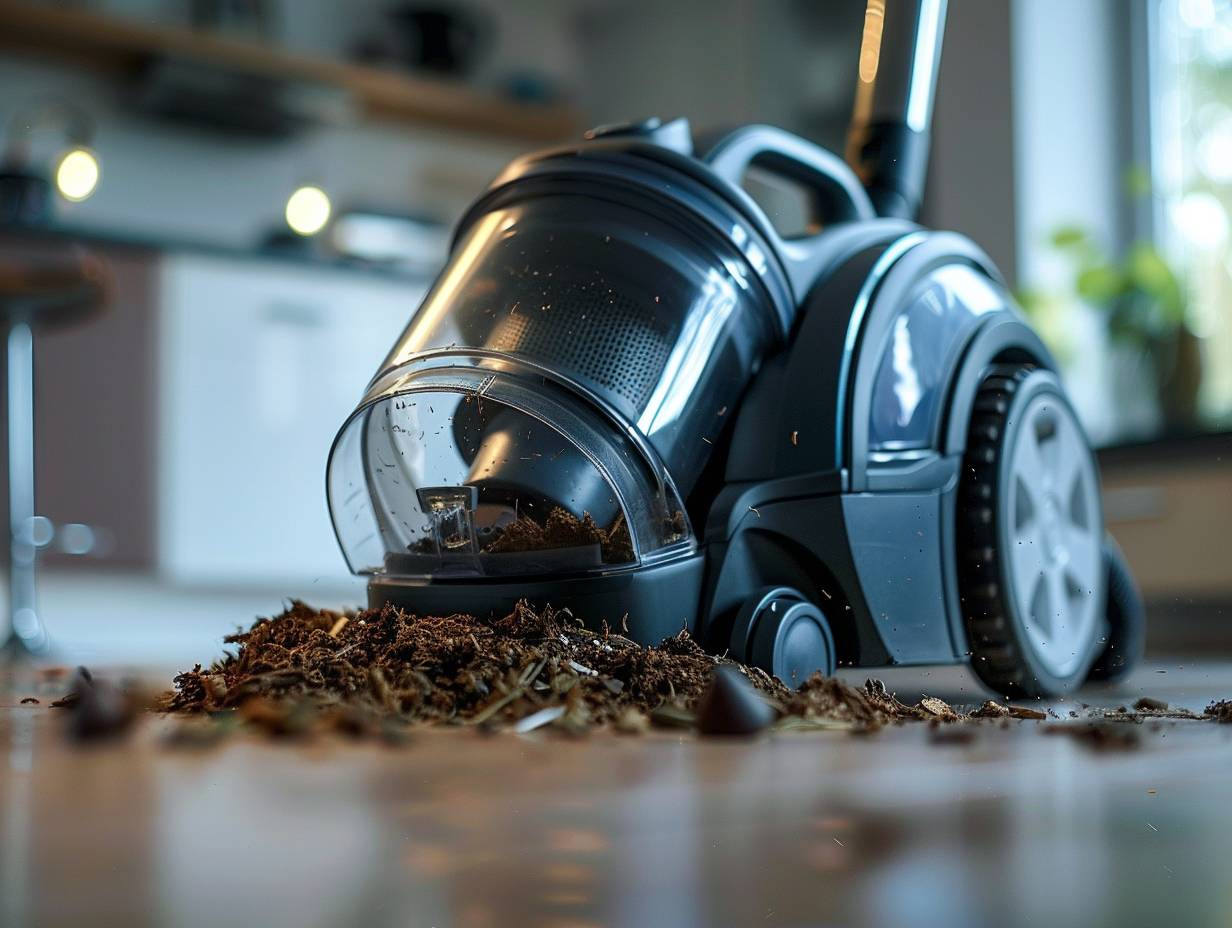
To guarantee your vacuum cleaner maintains top performance and efficiency, upgrading to a model with a larger dust capacity can greatly reduce the frequency of emptying the bin while enhancing suction power. With a larger dust capacity, you can clean more without interruptions, making your cleaning routine more efficient and less time-consuming. Additionally, a bigger dust capacity means fewer stops to empty the bin, allowing you to focus on the task at hand. Consider upgrading to a vacuum cleaner with a larger dust capacity for a smoother cleaning experience.
| Features | Benefits | Emotions |
|---|---|---|
| Larger Capacity | Less frequent emptying | Convenience |
| Enhanced Suction | Better cleaning results | Satisfaction |
| Improved Efficiency | Time-saving | Relief |
Frequently Asked Questions
Can the Dust Capacity of a Vacuum Cleaner Be Increased or Modified After Purchase?
You can upgrade some vacuum cleaners’ dust capacity post-purchase by using larger bags or containers, enhancing your cleaning experience. However, not all models allow modifications, so check product specifications to guarantee compatibility with upgrades.
Are There Any Health Risks Associated With Using a Vacuum Cleaner With a Low Dust Capacity?
Using a vacuum cleaner with low dust capacity may pose health risks due to more frequent emptying. Inhaling dust can trigger allergies or worsen respiratory conditions. Maintaining your vacuum’s capacity is crucial to safeguard your health.
How Often Should the Dust Bag or Container Be Emptied to Ensure Optimal Performance?
To keep your vacuum cleaner working efficiently, empty the dust bag or container regularly. A full dust bag can hamper performance. Make it a habit to empty it when it’s about two-thirds full for best suction power and cleaning effectiveness.
Are There Any Specific Types of Debris or Particles That May Require a Larger Dust Capacity in a Vacuum Cleaner?
Ever wonder if your vacuum can handle all types of messes? From pet hair to fine dust, having a larger dust capacity guarantees your machine can tackle any mess without frequent emptying. Keep cleaning hassle-free!
How Does the Shape or Design of a Vacuum Cleaner Impact Its Dust Capacity and Efficiency?
When it comes to the shape or design of a vacuum cleaner, factors like airflow efficiency, suction power, and dust containment are essential. These elements impact how well your vacuum can clean various surfaces effectively.
Conclusion
So, remember, when it comes to vacuum cleaner dust capacity, bigger is always better. Keeping a larger capacity will guarantee you can clean more without constantly emptying the bin.
Plus, upgrading to a model with a higher capacity can make your cleaning tasks more efficient and less of a hassle. Ultimately, investing in a vacuum cleaner with ample dust capacity will elevate your cleaning experience to a whole new level.
More information about Vacuum Cleaner Dust Capacity
Affiliate information declaration: We may earn revenue from the products referred on this page and participate in affiliate programs.
